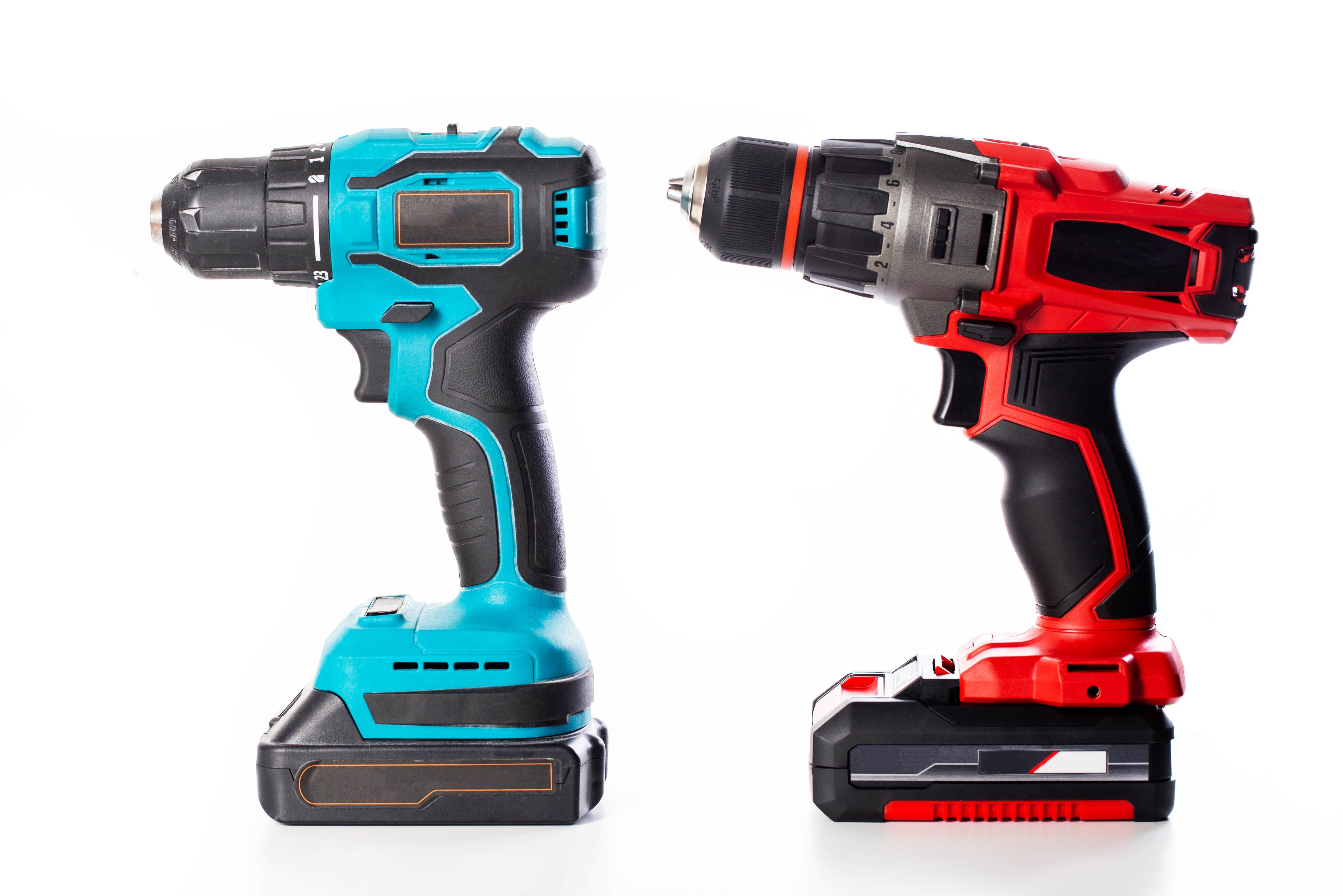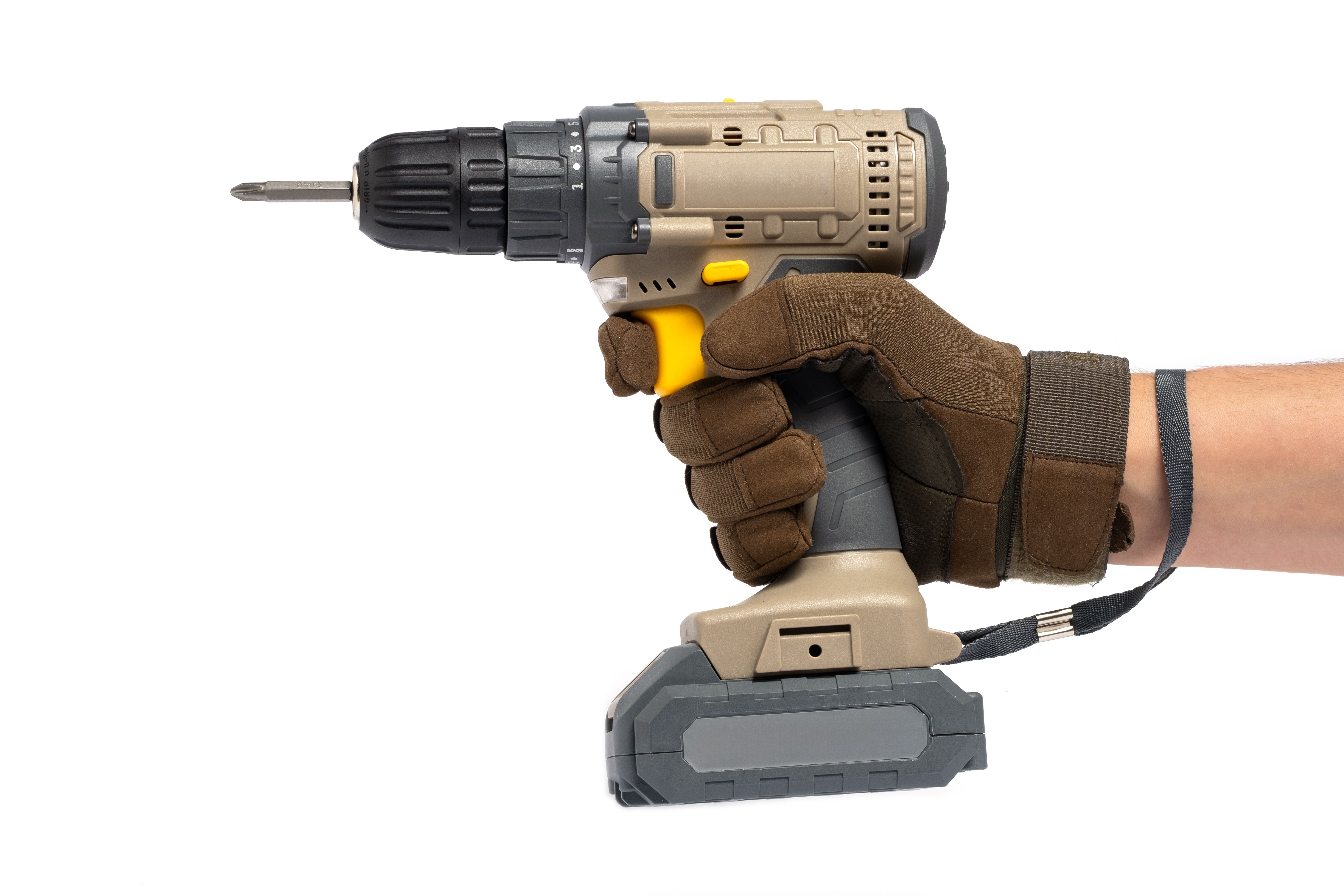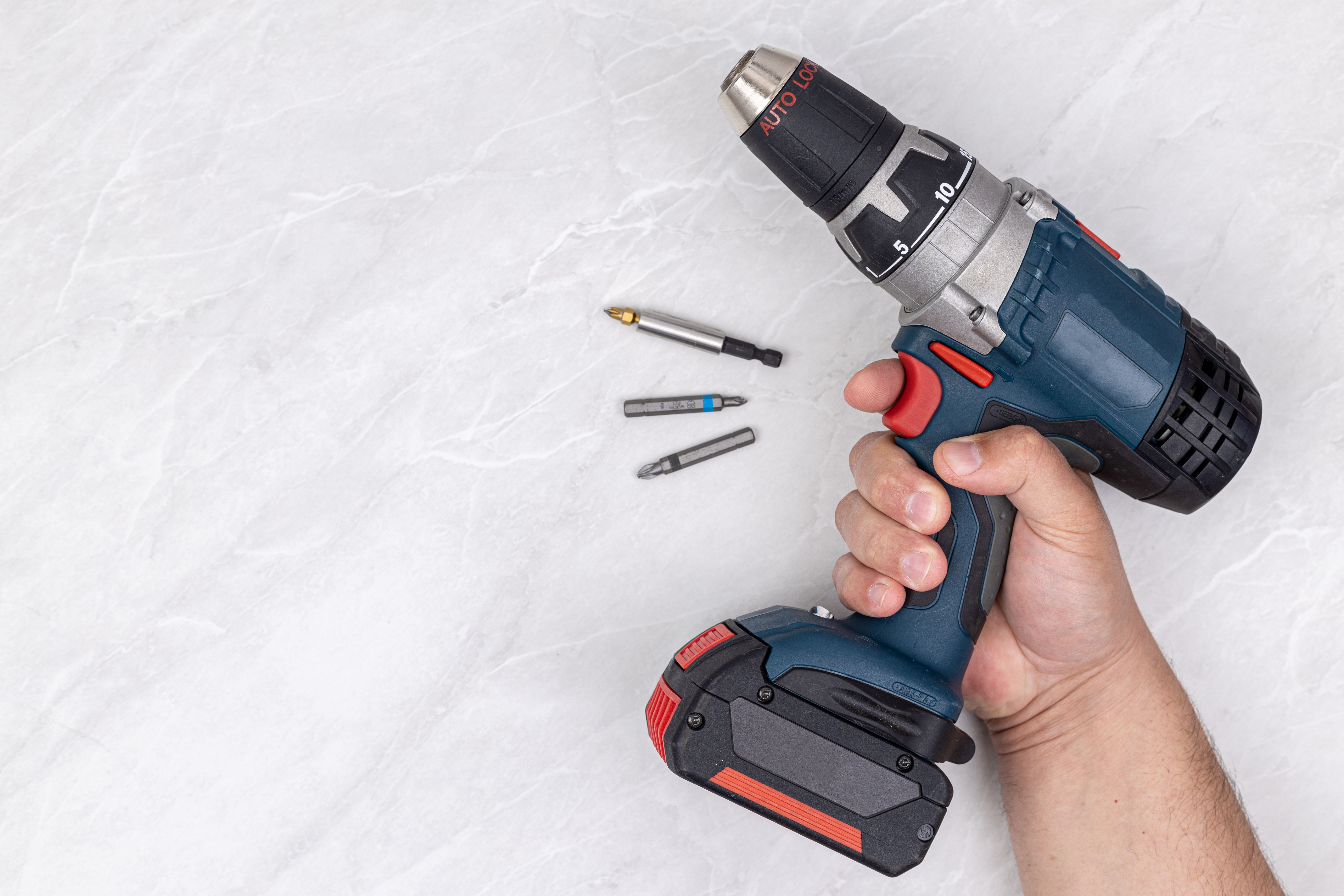Portable Drills: Separating Fact from Fiction for European Buyers
RR
Understanding Portable Drills
Portable drills have become indispensable tools for both hobbyists and professionals across Europe. With their increasing popularity, numerous myths and misconceptions have emerged, making it challenging for buyers to distinguish fact from fiction. This guide aims to debunk some common myths and provide clarity for European buyers considering their next purchase.
One common misconception is that all portable drills are created equal. In reality, there is a diverse range of models, each designed for specific tasks and environments. From cordless to corded versions, the variations in power, size, and functionality can significantly impact performance and suitability for different projects.

Myth: Cordless Drills Lack Power
A prevalent myth is that cordless drills are inherently less powerful than their corded counterparts. While it is true that early models of cordless drills had limitations, advancements in battery technology have dramatically closed the gap. Modern lithium-ion batteries offer substantial power and longer run times, making cordless drills a viable option for both light and heavy-duty tasks.
It's essential to consider the voltage and torque specifications when evaluating power. Higher voltage typically translates to more power, while adjustable torque settings allow for precision in various materials. Therefore, buyers should assess their specific needs to choose a cordless drill that meets their power requirements.

Fact: Portability Offers Convenience
One undeniable advantage of portable drills is their convenience. Without the constraints of cords, users can maneuver freely around their workspace, tackling projects in hard-to-reach areas or outdoor settings. This flexibility is particularly beneficial for professionals who require mobility on job sites or DIY enthusiasts working on intricate projects at home.
In addition to mobility, many portable drills are designed with ergonomic features to enhance user comfort. Lightweight models with soft-grip handles reduce fatigue during extended use, allowing for greater control and precision.

Myth: All Drills Are Suitable for Any Task
Another common misconception is that any drill can handle any task. In truth, selecting the right drill depends on the intended application. Factors such as material type, drill bit compatibility, and required speed settings play crucial roles in determining the appropriate tool for the job.
For example, while a standard drill may suffice for simple woodwork, tasks involving concrete or metal require specialized models with higher power output and specific drill bits. Buyers should match the drill's capabilities to their project demands to ensure efficiency and safety.
Fact: Quality Varies Among Brands
Not all portable drills are of equal quality, and brand reputation can often indicate reliability and durability. Well-established brands tend to invest in research and development, ensuring that their products meet industry standards and customer expectations.
When selecting a portable drill, buyers should consider factors such as brand reputation, warranty offerings, and customer reviews. Investing in a reputable brand can provide peace of mind and long-term value.

Conclusion: Making an Informed Decision
In conclusion, separating fact from fiction is essential when purchasing a portable drill. By understanding the realities of cordless power capabilities, the convenience of portability, and the importance of matching tools to tasks, European buyers can make informed decisions that align with their needs.
Ultimately, choosing the right portable drill involves assessing personal requirements, researching reputable brands, and considering long-term usability. With these considerations in mind, buyers can confidently invest in a tool that enhances their productivity and craftsmanship.